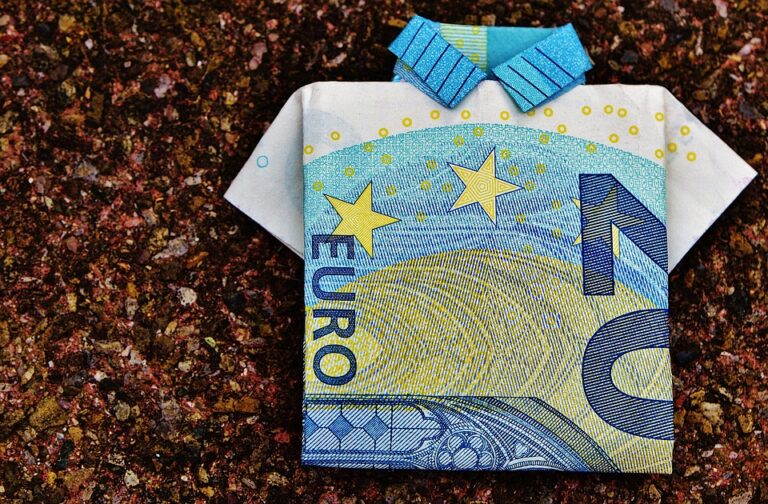Last updated Aug. 3, 2024 by Okechukwu Nkemdirim
<!DOCTYPE html>
<html lang="en">
<head>
<meta charset="UTF-8">
<meta name="viewport" content="width=device-width, initial-scale=1.0">
<title>The History of Credit Cards</title>
<style>
body {
font-family: Arial, sans-serif;
line-height: 1.6;
margin: 20px;
}
h1, h2, h3 {
color: #333;
}
.short-answer {
position: relative;
padding: 20px;
padding-top: 30px;
background: #DFF9ED !important;
border-color: #b0edd2 !important;
border: 2px solid !important;
border-radius: 6px !important;
margin: 22px -3px 23px 0px !important;
}
.short-answer h3 {
margin-top: 0 !important;
}
</style>
</head>
<body>
<h1>The History of Credit Cards</h1>
<p>Credit cards have become an essential part of the modern financial system, providing consumers with a convenient and secure method of payment. The history of credit cards dates back to the early 20th century, a time when consumers and merchants alike sought more efficient methods of completing transactions. This article will take you through the fascinating evolution of credit cards, from their inception to their current state.</p>
<h2>Early Beginnings</h2>
<p>The concept of credit is far from modern. Ancient civilizations, such as those in Mesopotamia, had credit systems that allowed merchants and consumers to engage in transactions without immediate payment. However, these early systems bore little resemblance to today's credit cards.</p>
<p>In the early 20th century, merchants began issuing credit coins and charge plates to their most valued customers. These early forms of credit symbols allowed customers to purchase goods on credit at specific merchants. The first true "credit card" made its appearance in 1928, issued by the Farrington Manufacturing Company in the United States.</p>
<h2>The Birth of Modern Credit Cards</h2>
<p>The history of modern credit cards began in 1950 when Ralph Schneider and Frank McNamara founded the Diners Club. The Diners Club Card was a charge card that allowed members to pay for meals at participating restaurants, and it is widely considered the first modern credit card. Within its first year, Diners Club had 20,000 cardholders and was accepted at several hundred restaurants.</p>
<div class="short-answer">
<h3> ✓ Short Answer</h3>
<p>The Diners Club Card, introduced in 1950, is widely considered the first modern credit card. It allowed members to charge meals at participating restaurants and became a blueprint for subsequent credit card systems.</p>
</div>
<p>In 1958, American Express launched its own charge card. Unlike the Diners Club Card, which was primarily used for dining, the American Express card soon became a status symbol, accepted by travel and entertainment merchants.</p>
<h2>The Evolution of the Credit Card Industry</h2>
<p>The late 1950s also saw the entry of banks into the credit card market. The BankAmericard, issued by Bank of America in 1958, was a landmark development. It was the first credit card to be issued by a bank and could be used at multiple retail locations. The concept caught on quickly, encouraging other banks to issue credit cards.</p>
<p>In the 1960s, a group of California banks formed the Interbank Card Association (ICA) and launched the Master Charge card, which would eventually become MasterCard. The ICA's innovation was to create a cooperative structure that allowed member banks to issue credit cards that were widely accepted by thousands of merchants. This, in turn, spurred the growth of global credit card networks.</p>
<h2>Regulation and Consumer Protection</h2>
<p>The rapid expansion of the credit card industry in the 1970s led to increased government scrutiny. Complaints of deceptive practices, exorbitant fees, and complex terms prompted lawmakers to act. The Truth in Lending Act (1968) was among the first major regulations aimed at protecting consumers from unfair credit practices. Later, the Fair Credit Billing Act (1974) provided additional protections, including the right to dispute billing errors.</p>
<h2>The Digital Revolution</h2>
<p>The 1990s and early 2000s marked a significant transformation in the credit card industry with the advent of digital technology. The introduction of chip-and-PIN technology, online banking, and mobile payments revolutionized the way consumers interacted with their credit cards. These advancements increased the security and convenience of using credit cards, contributing to the widespread adoption of cards as the preferred method of payment.</p>
<h2>Credit Cards in the 21st Century</h2>
<p>In recent years, credit cards have continued to evolve. Contactless payments, digital wallets, and biometric authentication are just a few examples of the innovations that have enhanced the security and user experience of credit cardholders. Today, credit cards offer not only a method of payment but also various rewards, cashback, and other incentives to attract consumers.</p>
<h2>FAQs</h2>
<h3>When was the first credit card invented?</h3>
<p>The first modern credit card was the Diners Club Card, invented in 1950 by Ralph Schneider and Frank McNamara.</p>
<h3>What was the first bank to issue a credit card?</h3>
<p>The Bank of America was the first bank to issue a credit card known as the BankAmericard in 1958.</p>
<h3>What protections are available to credit cardholders?</h3>
<p>Regulations like the Truth in Lending Act and the Fair Credit Billing Act provide multiple protections for credit cardholders, including transparency in terms and conditions and the ability to dispute billing errors.</p>
<h3>What is chip-and-PIN technology?</h3>
<p>Chip-and-PIN technology is a method of verifying transactions that uses a microchip embedded in the credit card and requires the cardholder to enter a personal identification number (PIN).</p>
<h3>Are digital wallets secure?</h3>
<p>Yes, digital wallets use advanced encryption and authentication methods to secure transactions, making them a safe and convenient way to use credit cards.</p>
</body>
</html>




